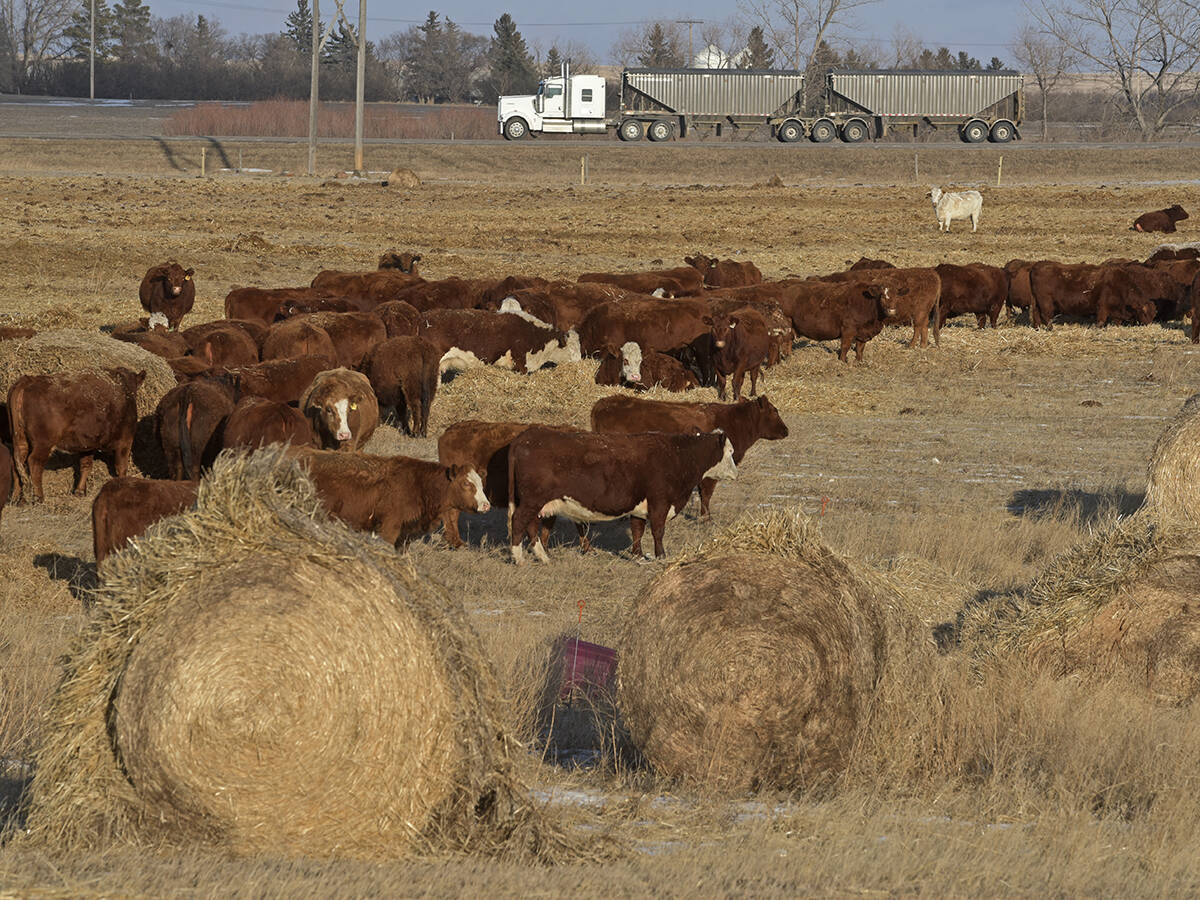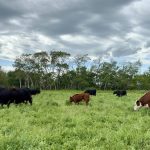Identification of a new bacteria linked to the disease could pave the way for better control option
A Saskatchewan researcher who identified a new bacteria linked to swine dysentery is hopeful further work will lead to a vaccine for the disease.
Swine dysentery and bloody diarrhea were discovered in the 1970s, but two cases in Saskatchewan in 2009 led to the discovery of Brachy-spira hampsonii, a “cousin” of the bacteria tied to earlier cases.
Subsequent monitoring has identified further cases in Saskatchewan, Alberta and Manitoba, making it the most common cause of the disease on the Prairies, said John Harding of the University of Saskatchewan’s Western College of Veterinary Medicine.
Read Also

Canadian Cattle Association hopeful of agreement with Alberta group
The Canadian Cattle Association is optimistic the two parties will work through the issues ABP identified and resolve them before the July 1, 2026, withdrawal date.
The disease isn’t a major cause of death like porcine epidemic diarrhea, which has high mortality rates in piglets. However, it does affect the performance of grow-finish pigs.
Animals can recover over a period of weeks, but intestines are damaged, affecting feed conversion and growth.
“The difficulty with this particular disease is that without a vaccine on the market, the only way to control it once you are affected by it is through antimicrobials, antibiotics fed through feed and water,” said Harding.
“Clearly in this day and age with antimicrobial resistance … we’re not anxious to be feeding more antibiotics. Once a farm is affected, there is no way of eliminating it from the farm unless you feed fairly high levels of antibiotics for a long period of time and you basically clean out certain areas of the barn and do a very thorough sanitation program.”
Harding’s research program will share $260,000 in federal funding with beef researchers studying bovine genital campylobacteriosis, which significantly reduces pregnancy rates in breeding cattle.
Harding said B. hampsonii can be found in healthy and sick animals.
“I think the question is still out there, whether this is an opportunistic (pathogen) or almost a normal pathogen … and for some reason some pigs get sick and other pigs don’t,” he said.














